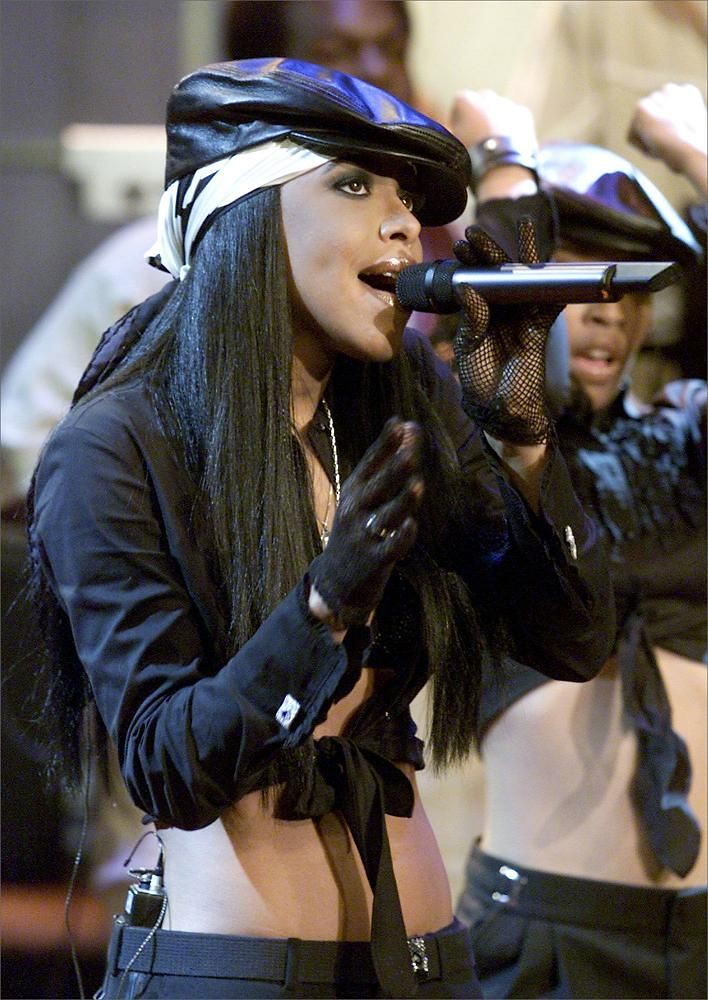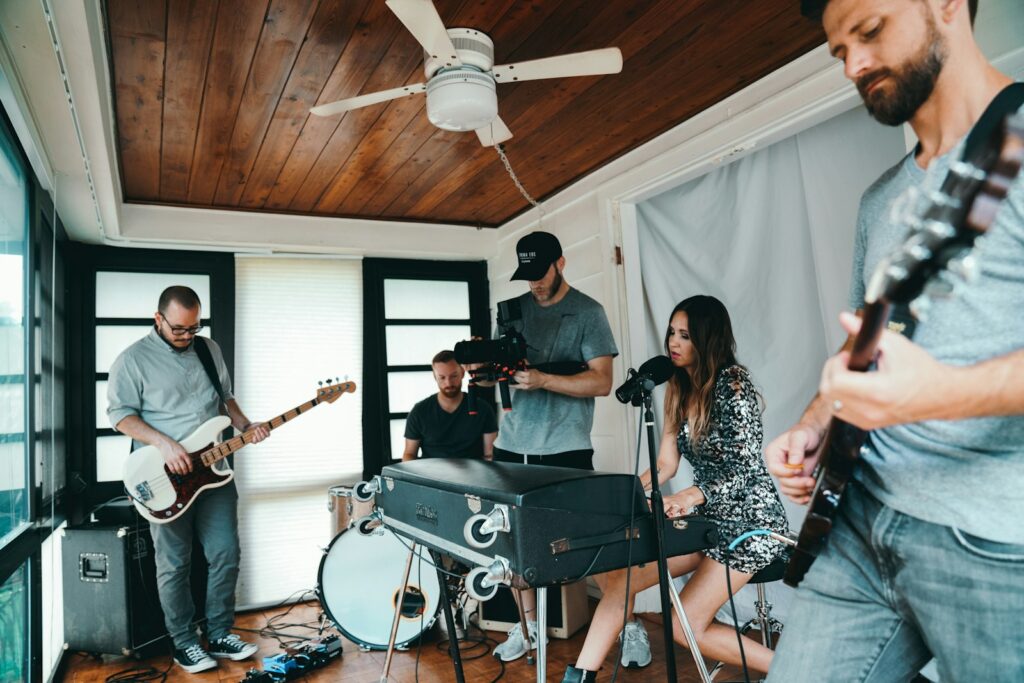
The 1960s was an undeniable kaleidoscope of sound, a decade that truly reshaped the musical landscape. While iconic giants like The Beatles and The Rolling Stones etched their names into eternity, countless other incredibly talented groups blazed brightly for a moment, only to fade away before reaching their full, dazzling potential. It’s a bittersweet symphony of what-ifs, where innovation often collided with internal strife, shifting trends, or plain old bad luck.
Imagine a scene where AM radio spins, turning gymnasiums into pop-up dance floors, and the airwaves are alive with everything from raw garage anthems to sophisticated baroque-pop quartets. This was the era of lightning-fast fame, a breathless moment of debut smash hits, followed by a frantic scramble for the next, and then, for many, the harsh silence as that lightning sputtered and died. We’re diving into the fascinating stories of some of these remarkable groups, whose premature breakups or quick disappearances left us wondering what might have been. Let’s turn back the clock and explore the vibrant, fleeting legacies of these 1960s musical shooting stars.

1. **Buffalo Springfield (1966-1968)**Ah, Buffalo Springfield, a name synonymous with folk-rock brilliance, even if their run was astonishingly brief. Despite only being active for two short years, from 1966 to 1968, this powerhouse group managed to gift us enduring classics, none more famous than the timeless anthem “For What It’s Worth.” It’s incredible to think that a band with such a lasting impact could be together for such a short spell.
Their influence was undeniable, helping to pioneer the distinctive California sound that would eventually dominate the early 1970s. They masterfully blended folk-rock and country influences, creating a rich, textured sound that was both innovative and incredibly appealing. It was a fusion that resonated deeply with audiences looking for something fresh and authentic, setting the stage for future musical movements.
Perhaps even more remarkably, Buffalo Springfield served as a launching pad for two colossal talents: Neil Young and Stephen Stills. Their later individual and collaborative careers speak volumes about the raw talent simmering within Buffalo Springfield’s ranks. However, despite this immense potential and critical acclaim, internal tensions within the group proved to be their undoing, ultimately splitting them apart far too soon and preventing them from ever truly reaching their full potential as a collective. It’s one of those classic rock tragedies where creative genius clashes with personal friction.
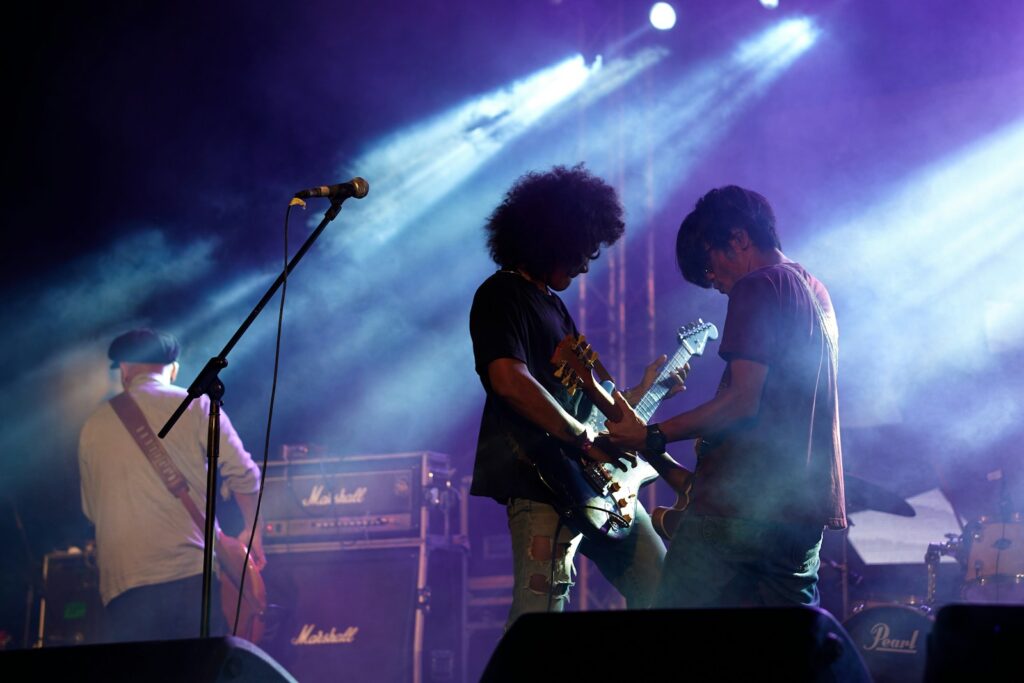
2. **The Zombies (1961-1968)**Now, talk about a heartbreaking case of timing! The Zombies, hailing from the British Invasion era, are a prime example of a band that broke up just as their magnum opus was seeing the light of day. Can you imagine disbanding right when your masterpiece, “Odessey and Oracle,” was released? It truly feels like a cruel twist of fate for this incredibly sophisticated group.
Their sound was a breath of fresh air amidst the guitar-heavy rock of their contemporaries. The Zombies truly set themselves apart with their sophisticated harmonies and jazz-influenced arrangements, which lent their music a timeless quality. It wasn’t just catchy; it was intricate, layered, and deeply musical, showcasing a level of artistry that went beyond simple pop hooks.
Adding to the poignancy of their story, their enduring hit, “Time of the Season,” became a smash hit *after* they had already split. This post-breakup success only amplifies the tragedy, making us ponder how much more they could have achieved had they stayed together to bask in the glow of their well-deserved recognition. Their unique blend of melodic complexity and lyrical depth continues to captivate listeners today, a testament to their enduring legacy despite their short run.

3. **The Left Banke (1965-1969)**Step aside, electric guitars, and make way for the harpsichord! The Left Banke were true pioneers of “baroque pop,” a subgenre that gracefully wove classical instruments into rock arrangements. Their hauntingly beautiful hit, “Walk Away Renée,” which soared to number five on the Billboard charts in 1966, felt more like a classical composition than a typical rock anthem, demonstrating a bold artistic leap.
This Manhattan-based group, comprised of a handful of session musicians, really dared to be different. They infused their sound with lush orchestral arrangements and expressive vocals, creating a chamber-pop template that was both elegant and innovative. Future sunshine-pop acts would certainly emulate their style, but The Left Banke truly set the standard for blending pop sensibility with a refined, almost classical, aesthetic.
Sadly, like so many promising acts of the era, internal conflicts and issues like poor management ultimately tore them apart. Personal tensions between members, notably over a girlfriend who inspired their biggest hit, contributed significantly to their early demise. Despite their disbandment in 1969 and struggles with label reorganizations, their beautiful, melodically rich music continues to captivate listeners today, with enthusiasts tracing modern indie orchestration back to The Left Banke’s orchestral leap.

4. **The Yardbirds (1963-1968)**If you’re looking for a band that served as a crucible for future rock gods, look no further than The Yardbirds. This legendary British group, active from 1963 to 1968, had a revolving door of guitar heroes that reads like a “who’s who” of rock history: Eric Clapton, Jeff Beck, and Jimmy Page all passed through their ranks, honing their craft before skyrocketing to individual fame.
The band’s impact on rock music was profound, especially in their innovative use of feedback and distortion, which helped to pioneer the nascent genres of psychedelic and hard rock. They were not just playing songs; they were experimenting with sound, pushing boundaries, and laying down the foundational licks that would define the heavier side of rock for decades to come. Their live performances were legendary for their raw energy and improvisational flair.
It’s almost ironic that the band itself dissolved just as psychedelic rock was peaking, missing out on the full fruits of the movement they helped cultivate. While their potential as the original band remained unfulfilled, their legacy continued in a truly monumental way: the group’s final lineup, under Jimmy Page’s direction, eventually evolved into none other than Led Zeppelin. Talk about a phoenix rising from the ashes, even if it meant the original bird had to fly off into the sunset.

5. **The Electric Prunes (1965-1970)**Get ready for some truly trippy sounds with The Electric Prunes, a band whose name alone conjures images of psychedelic experimentation. Best known for their iconic track “I Had Too Much to Dream (Last Night),” this Hollywood garage band launched into the Top 20 in 1966 with its unforgettable acid-tinged guitar fuzz. They were truly on the cutting edge of the burgeoning psych-rock scene.
Their sound was bold, experimental, and distinctly ahead of its time, incorporating electronic effects and unique techniques that fascinated listeners. They became living test subjects for experimental producers, pushing the boundaries of what was possible in the studio and creating a truly unique sonic tapestry. Their pioneering use of distortion pedals and trippy effects marks a crucial link in the psych-rock chain, influencing countless bands that came after them.
However, their journey was fraught with challenges. The Electric Prunes often lost creative control to producers, and coupled with constant lineup shake-ups, legal tussles over song rights, and commercial pressures, they found themselves unable to fully develop their unique style or evolve as a cohesive unit. Label interference and changing lineups ultimately prevented them from sustaining their initial spark, leading to their dissolution and leaving behind a legacy of brilliant, if sometimes chaotic, psychedelic innovation.

6. **The Seeds (1965-1969)**If you appreciate raw, unadulterated garage rock, then The Seeds are a band you absolutely need to know. Led by the charismatic and often erratic Sky Saxon, this group helped define the genre with undeniable hits like “Pushin’ Too Hard.” Their sound was unapologetically raw, minimalist, and full of a visceral energy that practically jumped out of the speakers, influencing the punk rock movement a decade later.
They weren’t about polished production or complex arrangements; The Seeds were about attitude, urgency, and the primal scream of rock and roll. Their music perfectly captured the rebellious spirit of the mid-60s, offering a gritty, authentic counterpoint to the more polished pop acts. They truly embodied the “do-it-yourself” ethos that would become a cornerstone of future underground music.
Despite their significant impact on garage rock, The Seeds’ journey was cut short. Changing musical tastes began to shift away from their specific brand of raw energy, and Saxon’s increasingly erratic behavior certainly didn’t help. Just as psychedelic rock was peaking, they found themselves struggling to maintain momentum, leading to their premature end in 1969. Yet, their legacy endures as a quintessential example of 1960s garage rock, proving that raw power can leave a lasting mark.
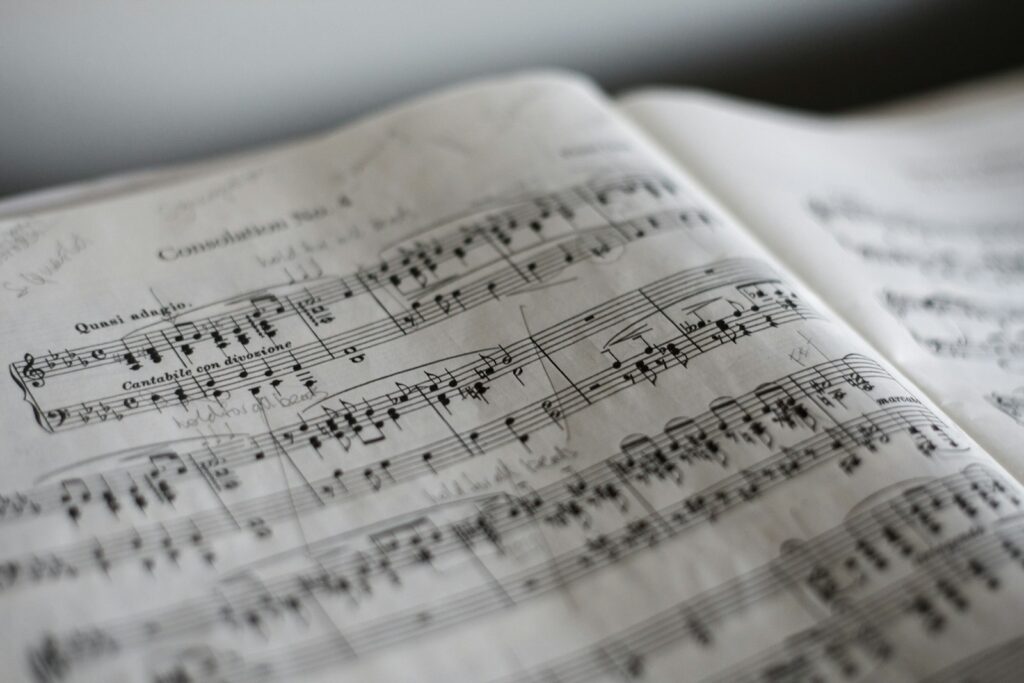
7. **Quicksilver Messenger Service (1965-1969)**For those who immersed themselves in the vibrant, experimental music scene of San Francisco in the mid-1960s, Quicksilver Messenger Service holds a special place. While the band continued in various forms for some time, it was their original lineup, active from 1965 to 1969, that truly created some of the scene’s most innovative and influential music. They were a cornerstone of the psychedelic movement, known for their sprawling, adventurous sound.
Their hallmark was extended instrumental improvisations, which deeply influenced countless other psychedelic bands of the era. They weren’t afraid to stretch out, explore, and let the music breathe, taking listeners on long, winding sonic journeys that were both challenging and incredibly rewarding. This willingness to push beyond conventional song structures made them a favorite among concert-goers and connoisseurs of experimental rock.
However, even with their innovative approach and creative peak, Quicksilver Messenger Service faced significant hurdles. Personnel changes were frequent, and unfortunately, drug problems also disrupted their momentum. These internal and external pressures ultimately prevented the original lineup from sustaining its initial magic, leading to a shift in their trajectory and leaving many to ponder what more this incredible lineup could have accomplished had they remained intact and focused.
The 1960s might be long gone, but the echoes of its vibrant music scene continue to resonate, reminding us of a time when creativity exploded and new sounds emerged daily. While we’ve already delved into the stories of some truly iconic, if short-lived, groups, there are even more tales of lightning-fast fame and bewildering disappearances that shaped the era. These bands, with their unique sounds and memorable hits, offer a fascinating glimpse into the unpredictable nature of the music industry.
Let’s continue our journey through the dazzling, yet fleeting, legacies of more 1960s musical shooting stars, exploring their cultural impact, their chart-topping moments, and the often-surprising reasons why they couldn’t quite stick around for the long haul.

8. **The Remains (1964-1966)**Talk about a band that left us wanting more! The Remains, active for just two incredibly dynamic years from 1964 to 1966, are often hailed as “America’s greatest lost band.” Imagine achieving such a legendary status with such a brief discography. Their energetic rock style was truly ahead of its time, showcasing a raw power and melodic punch that felt both classic and cutting-edge.
This Boston-based quartet was on the cusp of something huge. Their sound was a potent blend of R&B, garage rock, and pop hooks, delivered with an intensity that predicted the garage rock revival. They cultivated a fervent local following and their live performances were legendary, cementing their reputation as a must-see act.
Perhaps the ultimate testament to their talent was their opportunity to tour with none other than The Beatles. Despite this incredible endorsement and critical acclaim, the band broke up just after this pivotal tour. It’s a classic rock tragedy – right on the verge of mainstream success, internal dynamics and perhaps the sheer exhaustion of the road led them to call it quits, leaving music historians and fans to wonder what might have been.
Read more about: Detroit’s Golden Age: 12 Classic American Cars That Ruled the Roads and Made a Nation Proud
9. **The Daily Flash (1965-1968)**Crossing paths with The Daily Flash means encountering a band that perfectly encapsulated the eclectic, experimental spirit of the mid-60s Pacific Northwest. Hailing from Seattle, this group was a fascinating blend of folk-rock and psychedelia, intertwining these burgeoning genres in ways that felt genuinely fresh and innovative.
Their unique interpretations of traditional songs truly set them apart. They weren’t just covering tracks; they were reimagining them, infusing classic folk structures with a psychedelic sensibility that resonated deeply with the burgeoning counter-culture. This innovative approach influenced the broader folk-rock movement, demonstrating that regional bands could indeed shape national trends.
Despite enjoying significant regional success and appearing to have a promising future, The Daily Flash ultimately faced an all-too-common hurdle for young men in the 1960s: military draft notices. Coupled with personal conflicts, these external pressures led to their early dissolution in 1968. Their story is a poignant reminder of how historical events can derail even the most promising artistic trajectories.

10. **Kaleidoscope (1966-1970)**Prepare to have your mind expanded by Kaleidoscope, a band so influential that none other than Jimmy Page himself once famously called them his “favorite band of all time.” If that doesn’t pique your interest, what will? Active from 1966 to 1970, this group from Los Angeles was a true trailblazer, pushing the boundaries of psychedelic rock with an incredibly unique sonic palette.
Their most groundbreaking contribution was an experimental blend of Middle Eastern music with psychedelic rock. Imagine the sitar, tablas, and other exotic instruments weaving intricate tapestries with electric guitars and drums – a sound unlike anything else heard at the time. This fusion wasn’t just a novelty; it was deeply artistic and showcased a technical prowess that was truly astonishing.
Despite their innovative sound and technical brilliance, commercial success unfortunately eluded them. Sometimes, being too far ahead of your time can be a curse. The mainstream wasn’t quite ready for the depth and complexity of Kaleidoscope’s vision, leading to their premature breakup. Yet, their legacy endures as a testament to fearless musical exploration, inspiring countless artists who would later delve into world music influences.
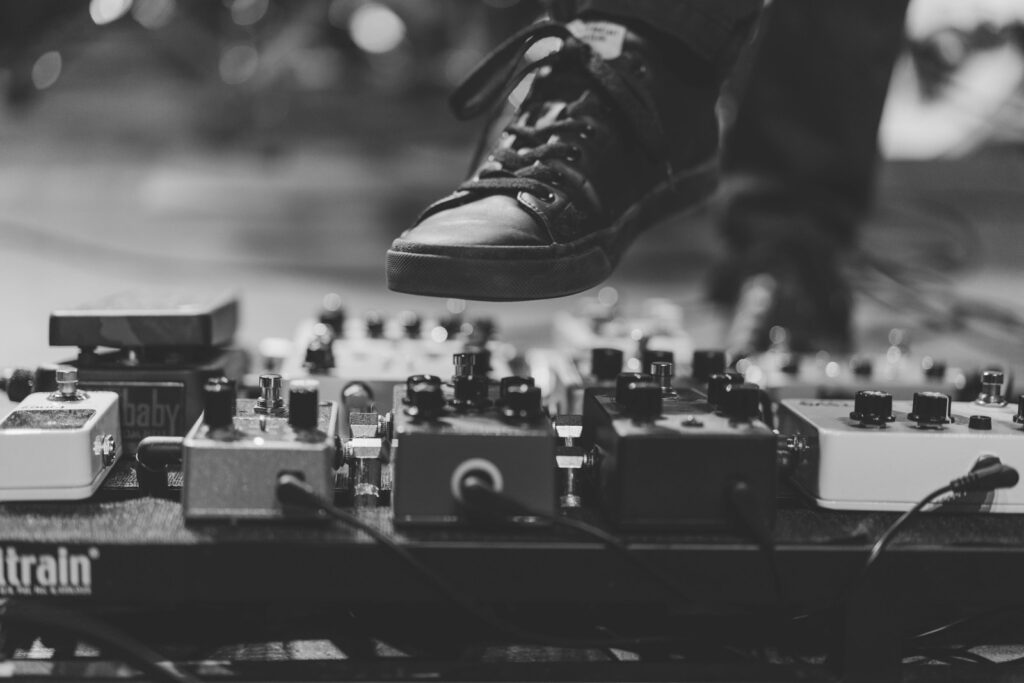
11. **The United States of America (1967-1968)**When we talk about bands that were truly ahead of their time, The United States of America absolutely deserves a prime spot on that list. This avant-garde rock band had an astonishingly brief existence, active for just a single year from 1967 to 1968, during which they released only one self-titled album. But oh, what an album it was! It left an indelible mark on the landscape of experimental music.
Their defining characteristic was a pioneering use of early electronic instruments and experimental techniques. Forget your typical guitar-bass-drums setup; The United States of America embraced synthesizers, ring modulators, and other electronic trickery years before they became commonplace. This wasn’t just about effects; it was about fundamentally reimagining the sonic possibilities of rock, creating a soundscape that was both futuristic and deeply unsettling.
This challenging and revolutionary musical style, combined with internal tensions, led to their rapid dissolution. They were simply too far out for the mainstream, and perhaps even for each other, to sustain. Yet, their single, groundbreaking album stands as a monumental achievement, a sonic blueprint for future electronic and avant-garde artists, proving that even a fleeting moment can create an eternal impact.
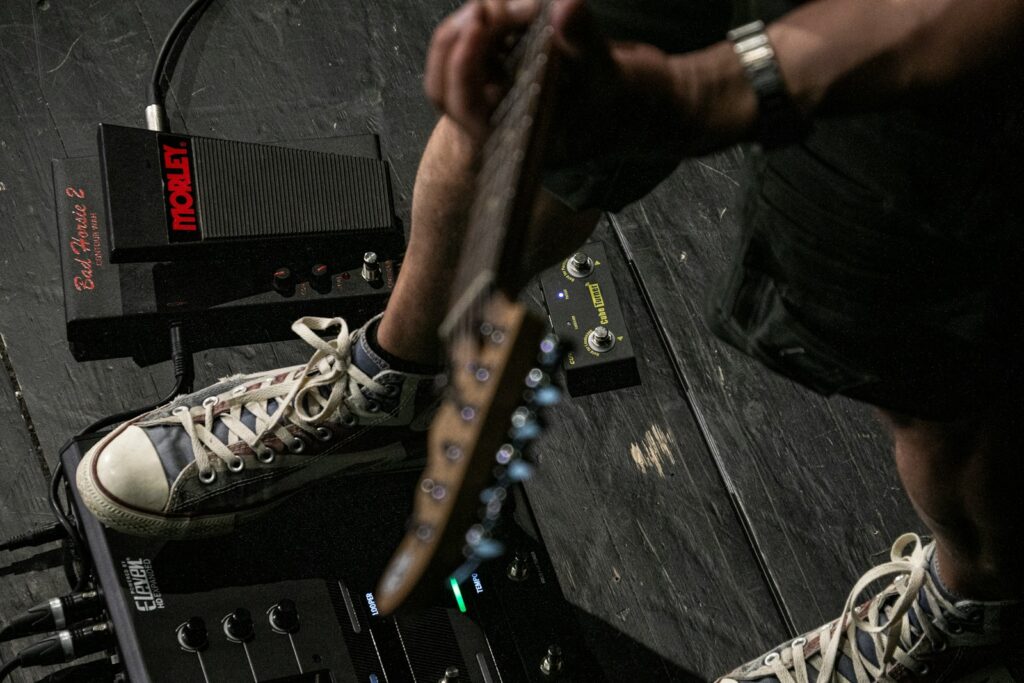
12. **The Chocolate Watchband (1965-1970)**If you’re looking for the pure, unadulterated essence of American garage rock, then you simply cannot overlook The Chocolate Watchband. Active from 1965 to 1970, this band was a powerhouse of raw, aggressive sound, embodying the rebellious spirit and unpolished energy that defined the genre. They weren’t just playing music; they were channeling a primal scream of youthful exuberance.
Their music was characterized by fuzz-drenched guitars, pounding drums, and sneering vocals, creating a sound that was both infectious and undeniably cool. It was a sound that would go on to heavily influence the burgeoning punk rock movement almost a decade later, demonstrating the profound impact of these early garage bands. They were the real deal, delivering an authentic intensity.
However, despite their immense talent, The Chocolate Watchband’s original vision was unfortunately diluted by producer interference and constant lineup changes. This external control often chipped away at the raw edges that made them so compelling, preventing them from fully realizing their potential. As a result, they never achieved the widespread recognition they so richly deserved, becoming an underground legend whose powerful garage rock still thrills dedicated fans today.
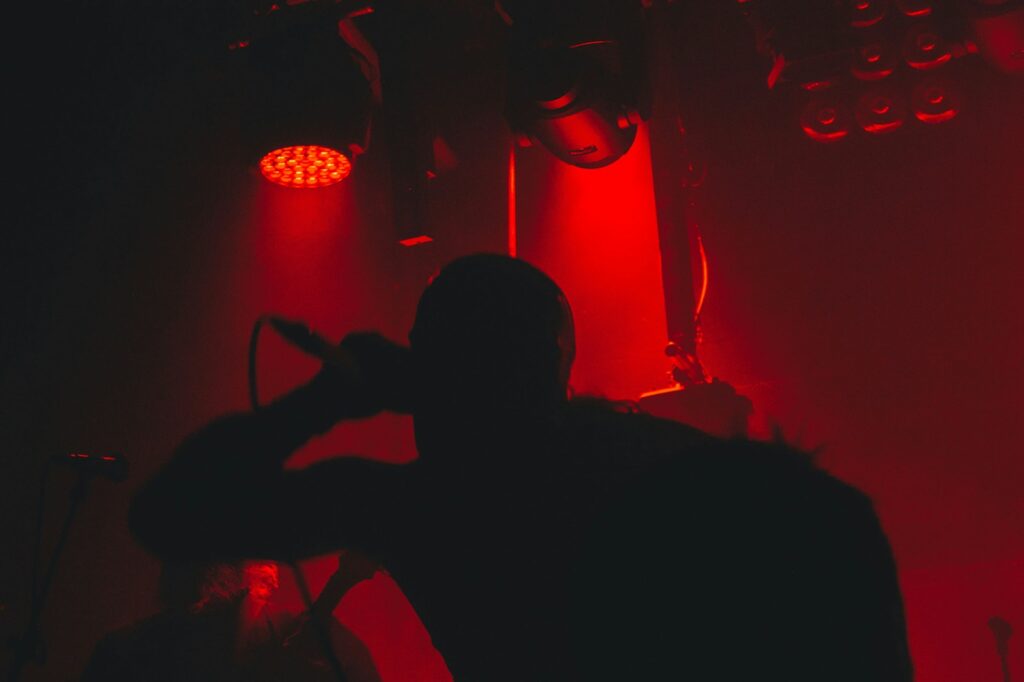
13. **The Turtles (1965-1970)**Let’s shift gears slightly and talk about The Turtles, a band that made it big in the 1960s with a sound that perfectly blended pop hooks with folk-rock sensibilities. Few bands from that era are as beloved as The Turtles, thanks to their infectious melodies and earnest lyrics. They truly captured the sunshine and optimism of the mid-to-late 60s, becoming synonymous with feel-good, expertly crafted pop.
Their rise to fame was propelled by undeniable hits like their No. 8 track “It Ain’t Me Babe.” But it was their iconic No. 1 hit, “Happy Together,” that truly cemented their place in pop history. This song became an anthem for a generation, a timeless declaration of love and togetherness that still fills dance floors and movie soundtracks today. It showcased their incredible knack for crafting catchy, memorable tunes.
Sadly, the story of The Turtles took a messy turn. By 1970, the band found themselves deeply embroiled in complex legal battles. These disputes were so debilitating that they were eventually stripped of the right to even use their cherished band name. Forced to rebrand as Flo & Eddie, their days of topping the Billboard Hot 100 chart were, tragically, over. It’s a stark reminder that sometimes, the biggest threats to a band’s longevity aren’t creative differences but the intricate and often unforgiving world of legal complexities.
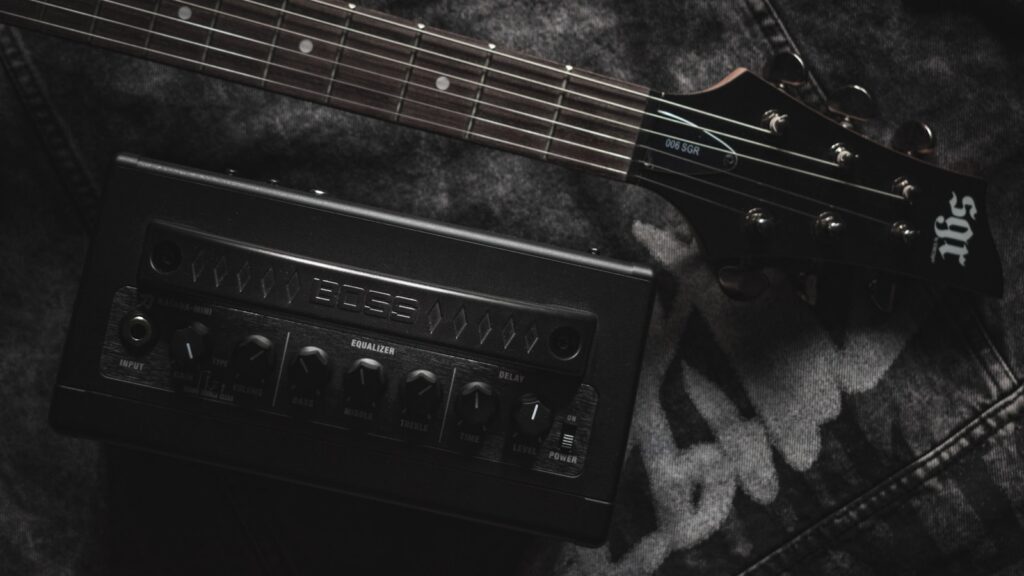
14. **The Association (1965-1970)**Rounding out our list is The Association, another magnificent example of 1960s sunshine pop that took their craft incredibly seriously. This band was known for their meticulous attention to detail, particularly when it came to their vocal arrangements. They reportedly required a minimum of 100 studio hours per record, all to ensure their distinctive six-part harmonies were nothing short of absolute perfection. That level of dedication is truly admirable.
Their dedication paid off in spades, delivering a string of massive hits that became cornerstones of the era. Tracks like “Cherish,” “Never My Love,” and “Windy” weren’t just popular; they were exquisitely arranged, showcasing a lush, orchestral pop sound that was both sophisticated and incredibly accessible. These songs embodied the softer, more melodic side of the 60s, offering a beautiful counterpoint to the rawer rock and psychedelic sounds.
However, even with their meticulous approach and undeniable talent, The Association’s journey wasn’t without its heartbreaks. The group ultimately called it quits in 1978, several years after the tragic death of bassist Brian Cole. His passing caused a significant rift among the core members, undoubtedly impacting their creative synergy and morale. While they did reunite off and on for various specials and shows, they sadly never charted nearly as high as they used to after that pivotal moment. It’s a powerful illustration of how deeply personal tragedies can alter the course of a band’s destiny.
And so, as the final notes of the 1960s fade into the annals of music history, we’re left with a collection of stories as diverse as the sounds themselves. From the raw energy of garage rock to the intricate beauty of baroque pop, from psychedelic explorations to meticulously crafted harmonies, these bands each carved out their unique niche. Their rapid ascents to fame, often fueled by innovative sounds and captivating performances, were sometimes met with equally swift declines, brought about by everything from internal conflicts and creative differences to legal battles, military drafts, or simply being too far ahead of their time. These aren’t just tales of fleeting fame; they are vibrant chapters in the ongoing saga of popular music, reminding us that even the shortest, brightest flashes can illuminate the path for generations to come, proving that sometimes, a quick burn leaves the most indelible mark.

/cdn.vox-cdn.com/uploads/chorus_image/image/66587622/DSCF2005_2.0.jpg)

